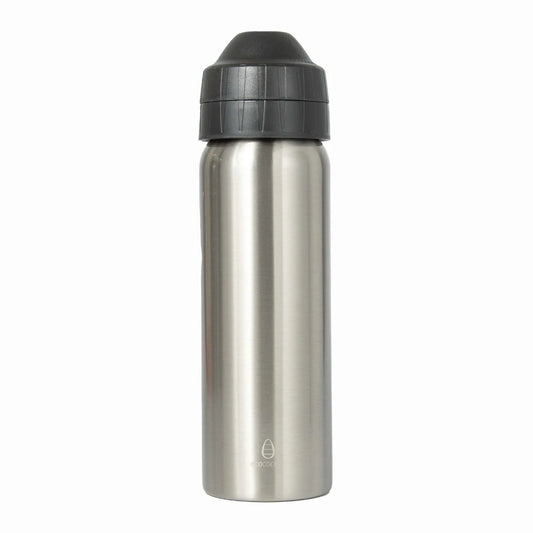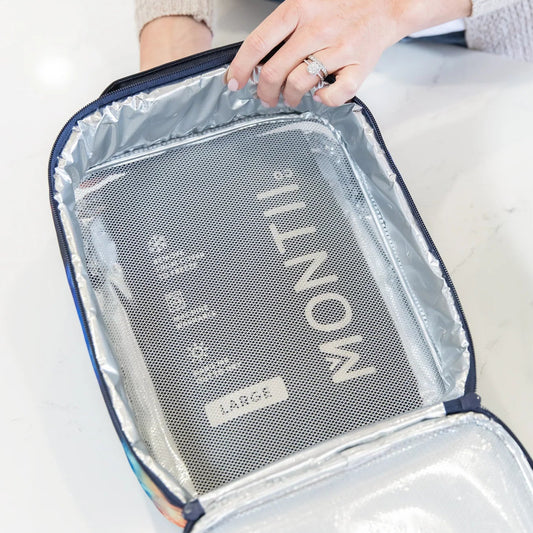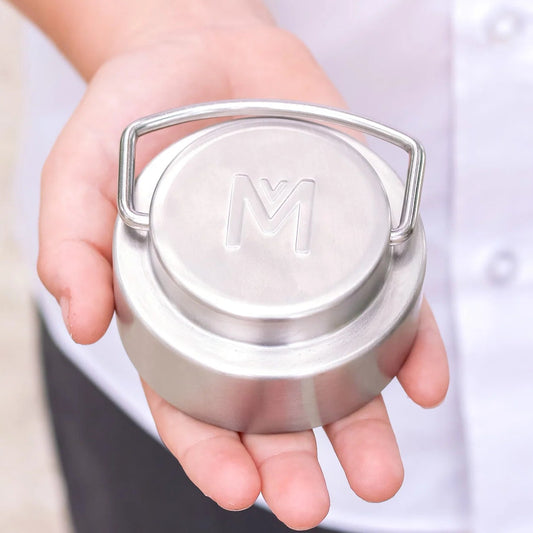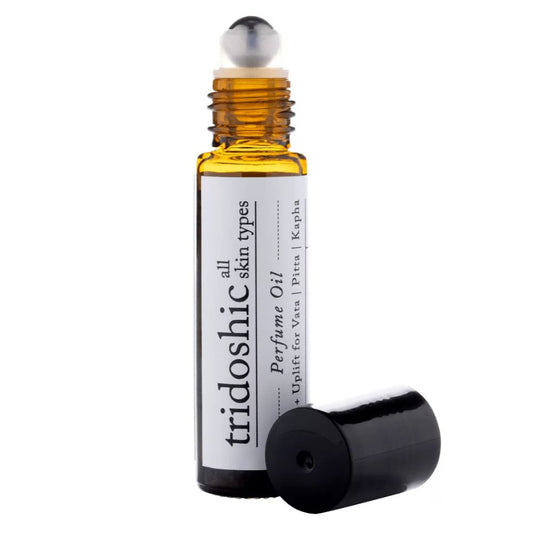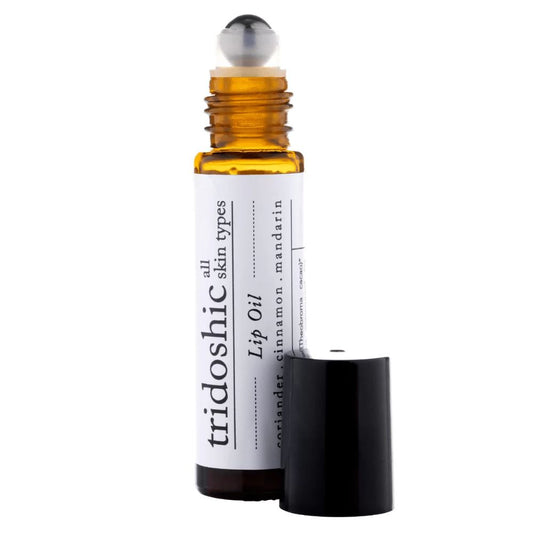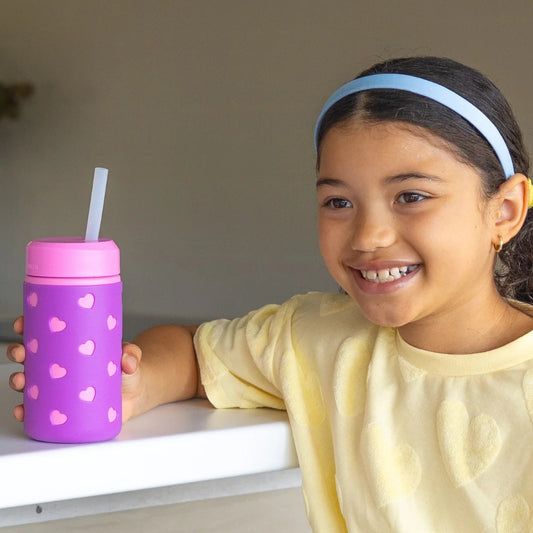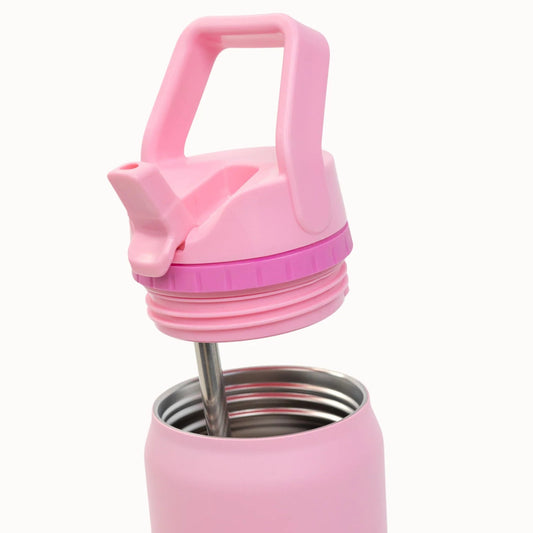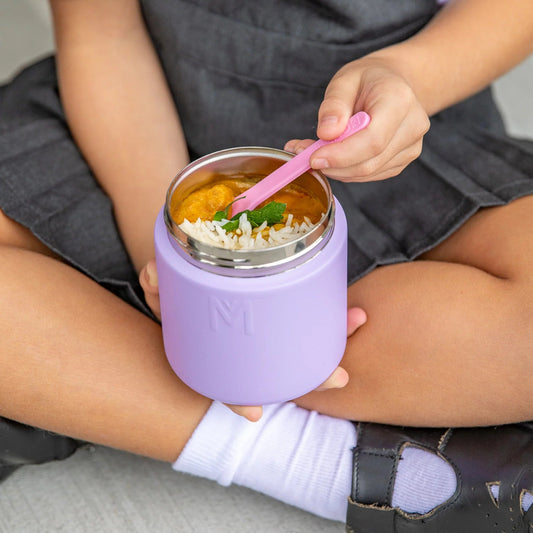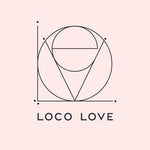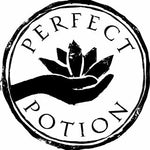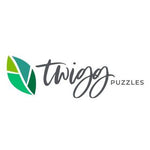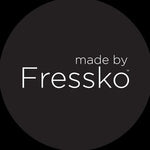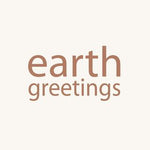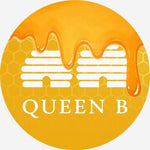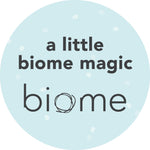
The beauty industry loves a buzzword. But many of the phrases you’ll see on jars and bottles sound scientific without actually meaning much.
Anywhere beauty products are lined up, you’ll be hit with promises to repair, strengthen, restore, renew, rebuild. Sounds impressive — almost medicinal. But, in Australia, cosmetic products are legally only allowed to claim to change the appearance or feel of your skin. You'll recognise these familiar marketing spiels:
- "90% of users report this product reduces the look of fine lines"
- "reduces the visible signs of aging"
- "smoothes away the appearance of imperfections"
- "targets the signs of ageing"
Anything that claims to physically change your skin — like repairing its barrier or rebuilding collagen — edges into therapeutic territory. And that means Therapeutic Goods Administration (TGA) approval is required.
Most of the creams making those bold claims aren’t registered. And if the claim is part of the product name itself brands are often more likely to slip it through without scrutiny. For example, a product called “Barrier Repair Cream” may get away with it more easily than one that explicitly says “Repairs your skin barrier” in the marketing copy.
Smooth talkers: Skincare names that blur the line between cosmetic promises and therapeutic claims

10 Skincare Buzzwords
1. Barrier Repair
Increasingly being seen on face moisturisers. Makes it sound like scaffolding for your skin. In reality, most “barrier creams” are just moisturisers with a new label.
2. Strengthen
Your skin isn’t a muscle — creams can’t make it “stronger.” What they can do is soften or hydrate.
3. Restore
Promises of “restoration” suggest fixing damage. Most products simply improve the look of dryness.
4. Rebuild
Sounds like a medical treatment. Unless a product is TGA-approved, it won’t be rebuilding anything.
5. Regenerate
Skin naturally regenerates itself — no cream required. At best, moisturisers support this process by keeping skin hydrated.
6. Renew
Often just code for “exfoliate” or “hydrate.” It won’t turn back the clock.
7. Detox
A favourite buzzword, but skin doesn’t detox. Your liver and kidneys do. Most “detox” creams are just scrubs or masks.
8. Anti-ageing
Skincare can hydrate, plump, or smooth. But “anti-ageing” implies reversing time — something a jar of cream can’t legally promise.
9. Repairing
Suggests healing damage. In reality, moisturisers can soothe and improve appearance, but true healing belongs in the medical space.
10. Boosting
Barrier-boosting, collagen-boosting, radiance-boosting… “boost” is the catch-all marketing word with no fixed meaning.
Why this matters
Skincare is one of the most marketing-driven industries, and consumers are paying premium prices for claims that don’t always stack up. Knowing how to read a label puts the power back in your hands:
Moisturisers: hydrate, soften, make your skin look and feel better.
Barrier creams: physically protect skin from moisture loss and irritants.
Therapeutics: anything that promises to change your skin’s structure or function should be listed with the TGA.
Brick by brick? Creams claiming to repair, build or strengthen your skin barrier

Check the claims, not the name
Often the name of the product will make a great promise to repair, build, or say bye bye to lines, but read the fine print and the claims are dialled back to the "appearance of..."
That doesn’t mean these creams can’t be helpful — many do make skin feel smoother, can soften the look of fine lines, or provide protection against dryness.
Just keep in mind that no cosmetic cream can literally rebuild your skin like scaffolding or physically erase wrinkles — unless it’s been registered as a therapeutic product proven to do that.
Products registered with the Australian Register of Therapeutic Goods (ARTG) will have a unique AUST L or AUST R number printed on the bottle. And, if you’re curious, you can even search the ARTG database yourself.
Related reads at Biome
Do I Need a Barrier Cream on my Face? The Types of Barrier Creams Explained
Related collections


